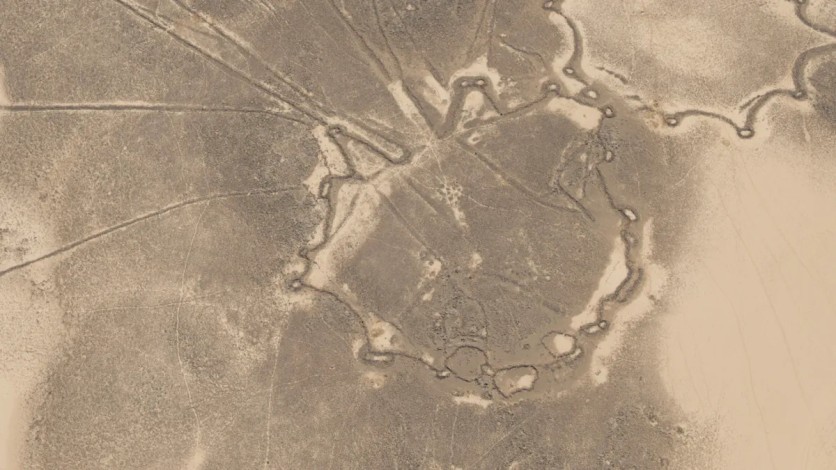Over 350 enormous hunting sites, also known as "kites," have been identified and mapped using satellite images by the University of Oxford's School of Archaeology archaeologists. The majority of these structures had never been discovered before.
Early aviators saw short stone wall structures leading to head enclosures and guiding walls that frequently extended for kilometers. The Neolithic period, roughly 8,000 BCE, is when these kites were first discovered.
They were employed to direct prey animals, such as gazelles, towards regions where they might be trapped or killed.

Finding Kites
Kites are huge objects but difficult to see from the ground. Hence, archaeologists rely on open-source data like those that are found in commercial satellites or on tools like Google Earth to discover these structures.
But according to Oxford's recent press release, these structures are prevalent about 250 miles (400 km) further east in northern Saudi Arabia and southern Iraq. These kites have previously been reported in eastern Jordan and southern Syria as well.
Under the direction of Dr. Michael Fradley, a group of researchers working on the Endangered Archaeology in the Middle East and North Africa (EAMENA) project meticulously examined the area surrounding the eastern Nafud desert, which had received little examination in the past.
The unexpected findings, which were reported in the journal The Holocene, may alter how we think about the Middle East's prehistoric links and ongoing climatic change.
"The structures we found displayed evidence of complex, careful design. In terms of size, the 'heads' of the kites can be over 100 meters wide, but the guiding walls (the 'strings' of the kite) which we currently think gazelle and other games would follow the kite heads can be incredibly long," Dr. Fradley said.
Some of these examples had a surviving portion of walls that extend for more than 4 kilometers, frequently traversing terrain with a wide range of topography.
"This shows an incredible level of ability in how these structures were designed and built," Dr. Fradley added.
Hunting Grounds
Evidence suggests that a large number of resources were required to build and maintain kites. Kites were more than just hunting grounds because hunting and bringing the prey back to the community required a lot of resources, according to Oxford.
Their shape and size also served as a means of territorial and identitarian expression. Another indication that they were significant symbols of the time is their depiction in Jordanian rock art.
The presence of the kites indicates a linkage across northern Arabia, one that most likely passed through the present-day Nafud desert rather than around it.
This also indicates that, during the time the structures were being erected, the region had superior climate conditions that allowed for both human habitation and the existence of wildlife.
The Holocene Humid Period, as defined by archaeologists, runs from 9000 BCE to 4000 BCE, during which time the kites were most likely created.
It is still unknown if the patterns of kite building over time and location indicate the movement of people or ideas or even the direction of that movement.
But for now, the recent discoveries are significant stepping stones to unraveling more mysteries of humanity's ancient history.
This article is owned by Tech Times
Written by Joaquin Victor Tacla
ⓒ 2025 TECHTIMES.com All rights reserved. Do not reproduce without permission.




